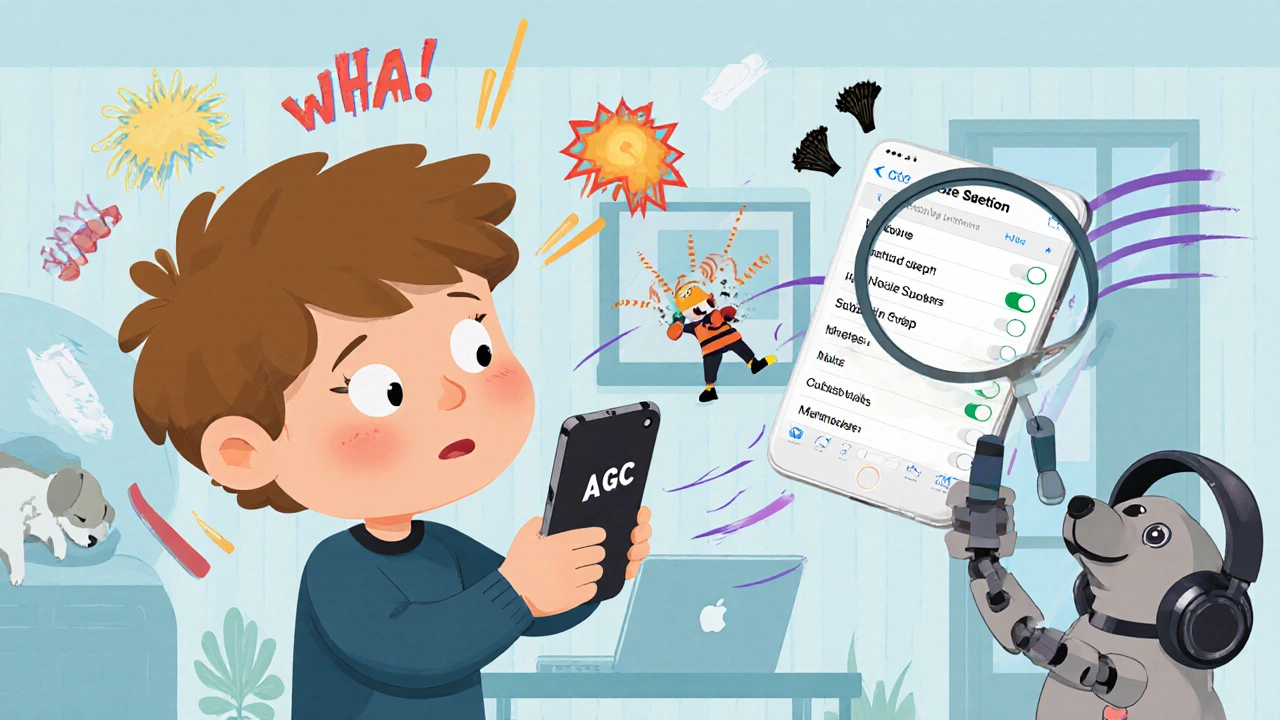Too Loud Call: Fix Audio Issues in VoIP and SIP Systems
When your VoIP call sounds like it’s coming from a speaker at a rock concert, you’re not alone. A too loud call, an audio distortion where incoming voice levels are uncomfortably high, often caused by misconfigured codecs, poor headset calibration, or improper gain settings. Also known as audio clipping, it’s not just annoying—it can make conversations impossible and damage hearing over time. This isn’t a glitch you can ignore. It’s a sign your VoIP setup is out of balance, and fixing it starts with understanding what’s actually happening inside your audio chain.
The root cause usually lives in one of three places: your VoIP headset, a wireless or wired device that converts electrical signals into sound for your ears and picks up your voice for transmission. Also known as VoIP handset, it’s often the first culprit when volume spikes, your codec packetization interval, the time window used to group voice data into packets, affecting how audio is compressed and amplified. Also known as audio framing, it’s a hidden setting that can blow out your volume if set too short, or your SIP trunk configuration, the connection between your VoIP system and the provider that handles call routing and audio processing. Also known as SIP carrier settings, it can force unwanted gain if not matched to your hardware. Most users blame their mic or speakers, but the real issue is often the software layer between them—where codecs like G.711, G.729, or Opus adjust volume dynamically based on network conditions. If your system is set to prioritize bandwidth over quality, it might crank up the gain to compensate for perceived low signal, and boom: your caller sounds like they’re yelling into a tin can.
What You’ll Find in This Collection
Below, you’ll find real fixes from people who’ve been there. From adjusting codec packetization intervals to calibrating VoIP headsets, we cover the exact steps that silence the roar. You’ll see how SIP trunk settings interact with your phone system, why some codecs naturally cause volume spikes, and how to test your audio path without needing a technician. No theory. No fluff. Just what works in real offices, call centers, and home setups.
